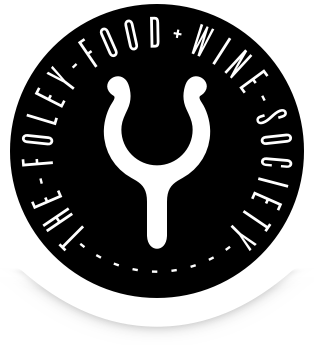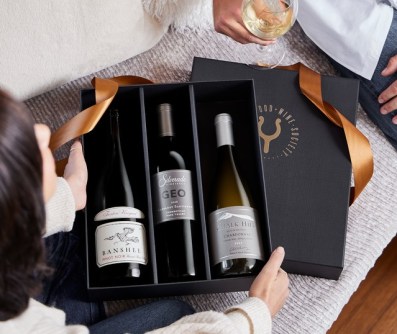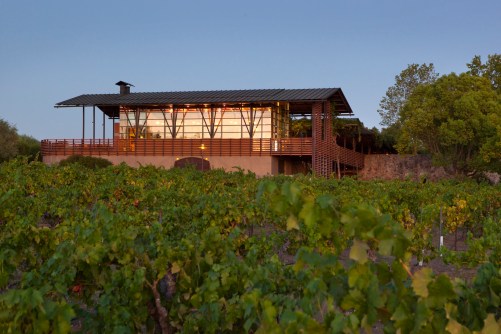Today, the answer to ‘What’s in your glass?’ must include the words “Champagne” and the adjectival descriptor of your choice. It is, after all, National Champagne Day!
In anticipation, we’ve been devouring books on Champagne in search of an interesting new nugget of bubbly truth to pass on to you—the Foley Food & Wine Society faithful.
We stumbled upon the nugget from “The Sommelier’s Atlas of Taste” by Rajat Parr and Jordan Mackay. In their chapter on Champagne, the very first order of business is not about the Grandes Marques of Champagne or the iconic cuvées you should stockpile. Instead, it is about glassware and how one smallish-seeming change is, in fact, the tip of an iceberg of revolution.
For the longest time, the Champagne flute served its singular purpose: “showing off that which separates Champagne from other wines,” asserts Parr and Mackay, who add the obvious—“bubbles.”
Indeed, the Champagne flute, the base of which is “often etched with microscopic scratches to agitate the wine and release that mesmerizing torrent of bubbles,” as the authors explain, offers a purely visual enjoyment of Champagne.
By contrast, it’s become almost de rigueur in fine dining restaurants to serve Champagne in a standard white wine glass, or even a large, deep-bowled Burgundy stem. The reason is simple, according to Parr and Mackay—
“The broader glass emphasizes flavor and aroma, de-emphasizing bubbles and allowing them to escape,” which the authors assert is the revolutionary distinction: the oenophile’s way of suggesting that Champagne is wine first and foremost and should be enjoyed to its fullest. It’s an argument in stark contrast to the idea in favor of the visually enticing aspect of Champagne houses in a flute, which all but eradicates any chance of enjoying (or savoring) the actual aromas and flavors of Champagne.
But to be clear, it’s not about hating on bubbles or ditching the bubbles to taste the natural flavors of a glass of Champagne. The bubbles, of course, serve a fundamental purpose.
Champagne is the northernmost wine-producing region in France, tucked into the northeast corner, where a very cool growing season means grapes are harvested with incredibly high natural acidities. The acid levels in Champagne are, in fact, near ‘bracing’ levels. But those zippy, zingy, electric acids are tempered by the captured carbon dioxide from the secondary fermentation and the dosage (mixture of wine and sugar, which determines whether the Champagne will be dry, off-dry, or sweet).
Together, the balance of sweetness, acidity, and CO2 creates harmony in the finished wine. Without those bubbles, the driest of Champagnes would leave you puckering up worse than a mouthful of green Jolly Ranchers!
So, make sure your bubbly is nice and chilled (especially if you’re planning to saber it), and get out your best white wine glasses to celebrate National Champagne Day. Santé!




